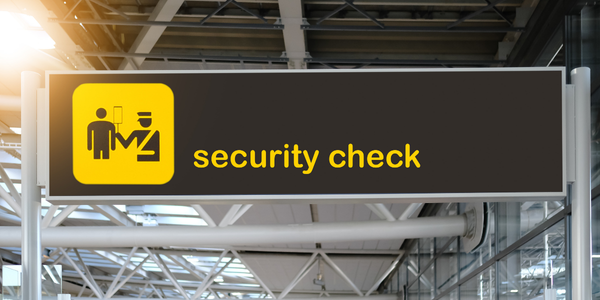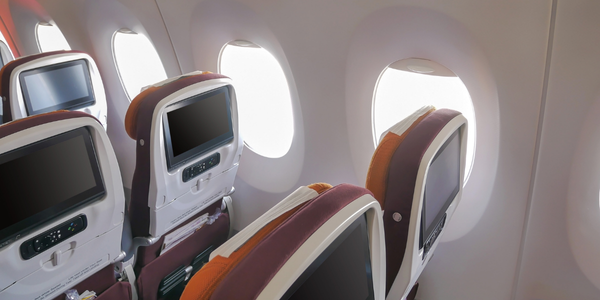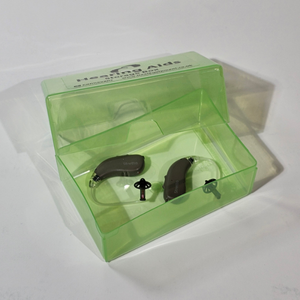Tips for Flying with Hearing Aids: Your Complete Guide

If you’re new to wearing hearing aids, have recently upgraded to a different style, or just haven’t flown in a while, air travel with hearing aids can feel a little daunting. Between airport security, in-flight entertainment, and managing your hearing aids throughout your journey, there are a lot of factors to consider.
The good news? Wearing your hearing aids on a plane will actually improve your flying experience, helping you hear announcements, enjoy in-flight entertainment, and stay connected during your journey. Here’s everything you need to know.
1. Before You Fly: Preparation is Key
Check your batteries or charge your aids:
- For long flights, make sure your hearing aids are fully charged or bring spare batteries.
- Lithium-ion chargers are usually safe to pack in your carry-on luggage, but always check your airline’s regulations.
Pack smart:
- Use a hearing aid storage box to keep them safe when removed.
- Spare batteries should go in your carry-on, ideally in their original packaging, and never in checked luggage due to air pressure changes.
- Don’t forget to pack all the usual hearing aid travel essentials; cleaning products, drying kits, spare tubes, domes etc. Check out our travel guide for tips.

2. Going Through Airport Security
Do you need to take your hearing aids off?
- Usually, you don’t have to remove hearing aids to pass through metal detectors.
- Avoid placing your aids loose in the trays used for scanning, this could cause them to get lost or damaged.
3. Wearing Hearing Aids on the Plane
Are they safe to wear in-flight?
- Yes! Modern hearing aids are generally safe during a flight. Air pressure changes are not an issue.
- Some users prefer to switch to flight mode (if your device has one) - check your device manual or ask the flight attendants/airline staff if any restrictions apply.
Managing your aids during the flight:
- Keep your aids in your ears as much as possible to hear announcements and communicate with flight staff.
- If you need to remove them (for comfort or sleeping), always store them in a protective case, never loose on the fold-down tray.

4. In-Flight Entertainment & Connectivity
Can you connect your hearing aids to in-flight entertainment?
- Many hearing aids can connect via Bluetooth to headphones, adapters, or airline systems.
- For hearing aids without Bluetooth connectivity, you can use Bluetooth adapters, or inductive neckloops.
- Check out our guide to in-flight entertainment for hearing aid users to understand all your options.
5. Charging and Spare Batteries
Charging on long-haul flights:
- If your aids are rechargeable, confirm with your airline if you can use your charging unit onboard. Some airlines allow USB charging, while others may have restrictions.
- If it’s not possible, ensure your aids are fully charged before departing, you could also pack a travel power bank.
Spare battery storage:
- Always keep spare batteries in your carry-on, ideally in their original packaging or a small, sturdy container.
- Avoid placing batteries in your checked baggage due to potential air pressure issues.
6. Tips for Flying Safely with Hearing Aids
- Avoid placing hearing aids loosely on the fold-down tray or in a seat pocket. They could fall and get lost.
- Use hearing aid storage boxes for safe removal and storage. They protect your aids from knocks, dust, and moisture.
- Check your aids for any damage before and after flying.

Ready to Fly with Confidence?
Flying with hearing aids doesn’t have to be stressful. With a bit of preparation - checking batteries, communicating with airport staff, and storing your aids safely - you can ensure a smooth journey. Your hearing aids will help you enjoy in-flight entertainment, hear every announcement clearly, and communicate with ease - making your journey safer and more enjoyable.
For more in-depth guidance, check out our in-flight entertainment blog and explore our range of hearing aid accessories to make travel even easier.
Got questions?
📞 Call our friendly team on 01737 247571
💬 Or contact us via our website

